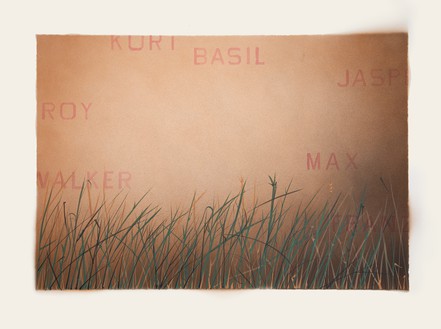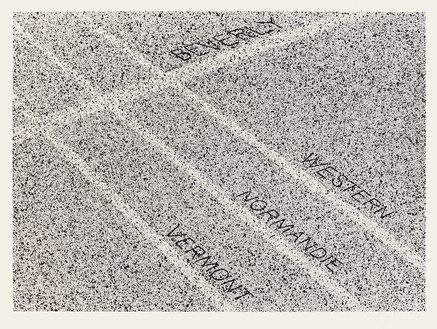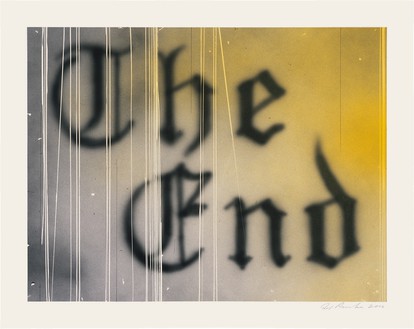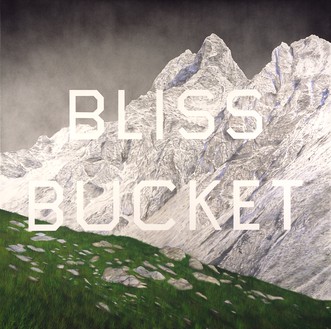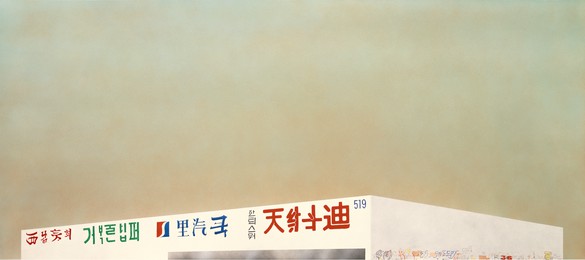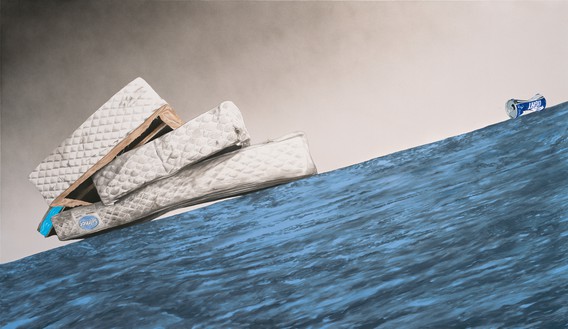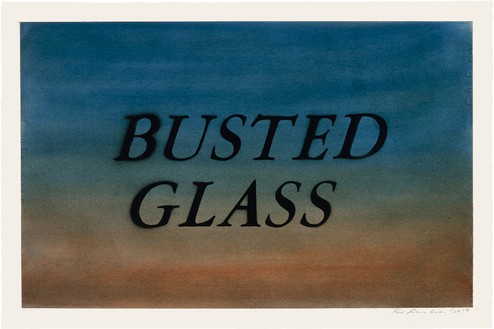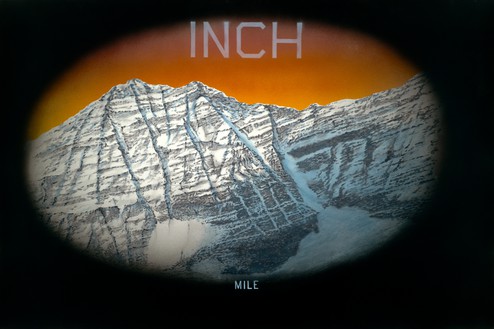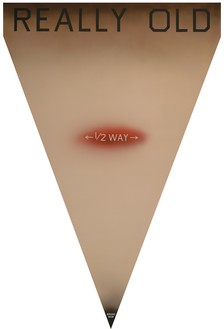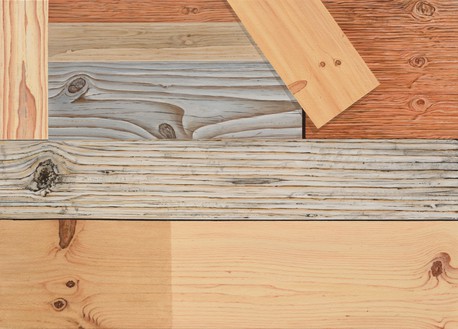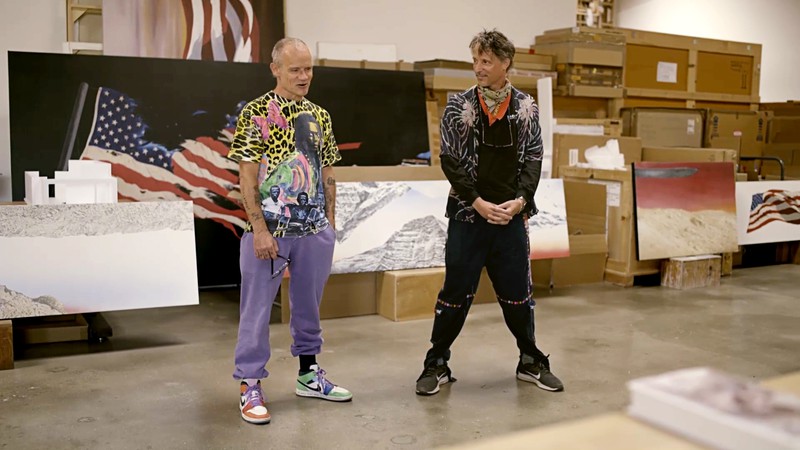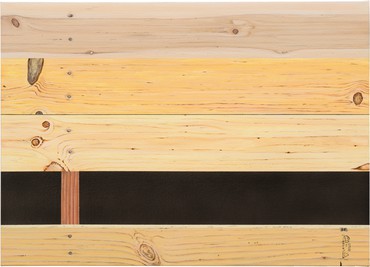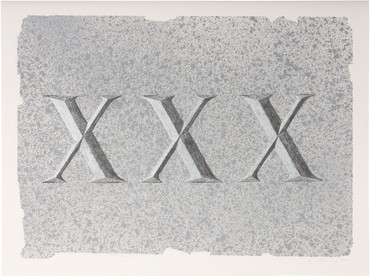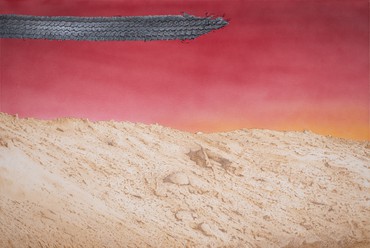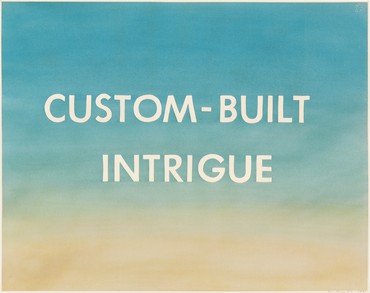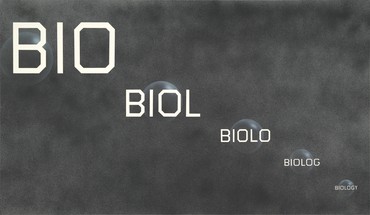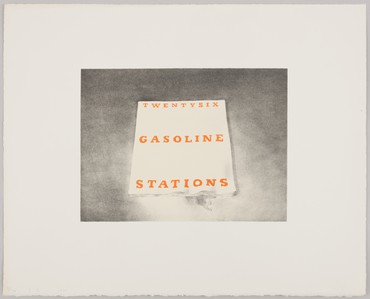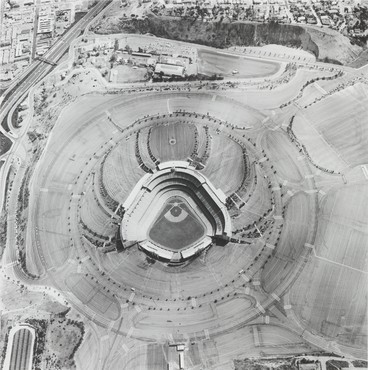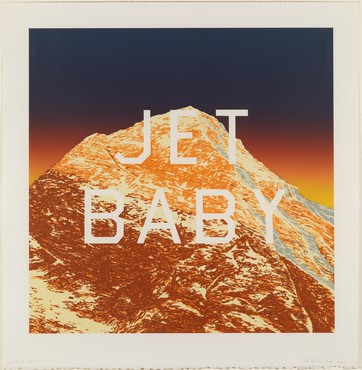About
There are things that I’m constantly looking at that I feel should be elevated to greater status, almost to philosophical status or to a religious status. That’s why taking things out of context is a useful tool to an artist. It’s the concept of taking something that’s not subject matter and making it subject matter.
—Ed Ruscha
At the start of his artistic career, Ed Ruscha called himself an “abstract artist ... who deals with subject matter.” Abandoning academic connotations that came to be associated with Abstract Expressionism, he looked instead to tropes of advertising and brought words—as form, symbol, and material—to the forefront of painting. Working in diverse media with humor and wit, he oscillates between sign and substance, locating the sublime in landscapes both natural and artificial.
In 1956, Ruscha moved from Oklahoma City to Los Angeles, where he attended the Chouinard Art Institute. During his time in art school, he had been painting in the manner of Franz Kline and Willem de Kooning, and came across a reproduction of Jasper Johns’s Target with Four Faces (1955). Struck by Johns’s use of readymade images as supports for abstraction, Ruscha began to consider how he could employ graphics in order to expose painting’s dual identity as both object and illusion. For his first word painting, E.Ruscha (1959), he intentionally miscalculated the space it would take to write his first initial and surname on the canvas, inserting the last two letters, HA, above and indicating the “error” with an arrow. After graduation, Ruscha began to work for ad agencies, honing his skills in schematic design and considering questions of scale, abstraction, and viewpoint, which became integral to his painting and photography. He produced his first artist’s book, Twentysix Gasoline Stations—a series of deadpan photographs the artist took while driving on Route 66 from Los Angeles to Oklahoma City—in 1963. Ruscha since has gone on to create over a dozen artists’ books, including the 25-foot-long, accordion-folded Every Building on the Sunset Strip (1966) and his version of Kerouac's iconic On the Road (2009). Ruscha also paints trompe-l’oeil bound volumes and alters book spines and interiors with painted words: books in all forms pervade his investigations of language and the distribution of art and information.
Ruscha’s paintings of the 1960s explore the noise and the fluidity of language. With works such as OOF (1962–63)—which presents the exclamation in yellow block letters on a blue ground—it is nearly impossible to look at the painting without verbalizing the visual. Since his first exhibition with Gagosian in 1993, Ruscha has had twenty-one solo exhibitions with the gallery, including Custom-Built Intrigue: Drawings 1974–84 (2017), comprising a decade of reverse-stencil drawings of phrases rendered in pastel, dry pigment, and various edible substances, from spinach to carrot juice. The first retrospective of Ruscha’s drawings was held in 2004 at the Whitney Museum of American Art. Ruscha continues to influence contemporary artists worldwide, his formal experimentations and clever use of the American vernacular evolving in form and meaning as technology and internet platforms alter the essence of human communication. Ruscha represented the United States at the 51st Venice Biennale (2005) with Course of Empire, an installation of ten paintings. Inspired by nineteenth century American artist Thomas Cole’s famous painting cycle of the same name, the work alludes to the pitfalls surrounding modernist visions of progress. In 2018 Ruscha’s Course of Empire was presented concurrently with Cole’s at the National Gallery in London.
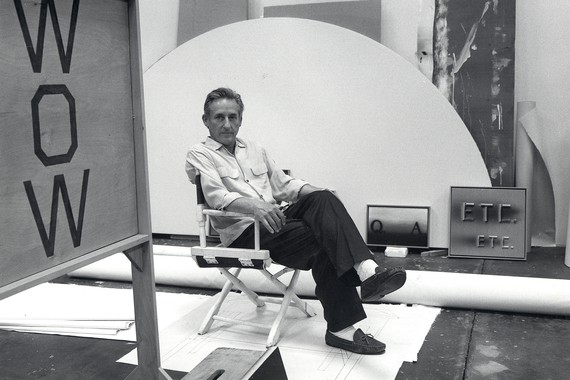
Photo: Leo Holub/Archives of American Art/Smithsonian Institution, Washington, DC
#EdRuscha
Website
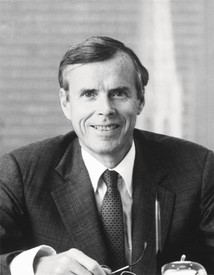
Donald Marron
Jacoba Urist profiles the legendary collector.
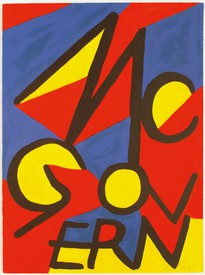
The Art History of Presidential Campaign Posters
Against the backdrop of the 2020 US presidential election, historian Hal Wert takes us through the artistic and political evolution of American campaign posters, from their origin in 1844 to the present. In an interview with Quarterly editor Gillian Jakab, Wert highlights an array of landmark posters and the artists who made them.
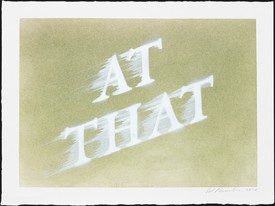
“Things Fall Apart”: Ed Ruscha’s Swiped Words
Lisa Turvey examines the range of effects conveyed by the blurred phrases in recent drawings by the artist, detailing the ways these words in motion evoke the experience of the current moment.

Artists’ Magazines
Gwen Allen recounts her discovery of cutting-edge artists’ magazines from the 1960s and 1970s and explores the roots and implications of these singular publications.
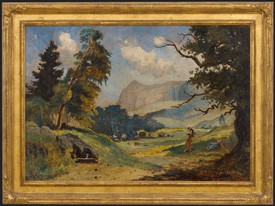
Eilshemius and Me: An Interview with Ed Ruscha
Ed Ruscha tells Viet-Nu Nguyen and Leta Grzan how he first encountered Louis Michel Eilshemius’s paintings, which of the artist’s aesthetic innovations captured his imagination, and how his own work relates to and differs from that of this “Neglected Marvel.”
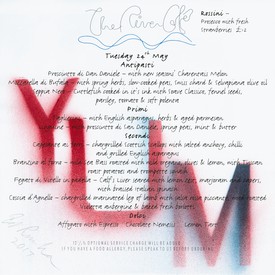
The River Café Cookbook
London’s River Café, a culinary mecca perched on a bend in the River Thames, celebrated its thirtieth anniversary in 2018. To celebrate this milestone and the publication of her cookbook River Café London, cofounder Ruth Rogers sat down with Derek Blasberg to discuss the famed restaurant’s allure.
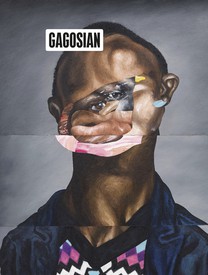
Now available
Gagosian Quarterly Fall 2019
The Fall 2019 issue of Gagosian Quarterly is now available, featuring a detail from Sinking (2019) by Nathaniel Mary Quinn on its cover.
Ed Ruscha: A Long Way from Oklahoma
In conjunction with his exhibition VERY at Louisiana Museum of Modern Art in Humlebæk, Denmark, Ed Ruscha sat down with Kasper Bech Dyg to discuss his work.
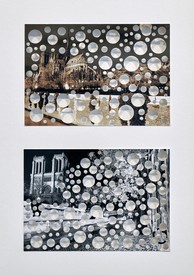
For Notre-Dame
An exhibition at Gagosian, Paris, is raising funds to aid in the reconstruction of the Cathédrale Notre-Dame de Paris following the devastating fire of April 2019. Gagosian directors Serena Cattaneo Adorno and Jean-Olivier Després spoke to Jennifer Knox White about the generous response of artists and others, and what the restoration of this iconic structure means across the world.

Veil and Vault
An exhibition at the Broad in Los Angeles prompts James Lawrence to examine how artists give shape and meaning to the passage of time, and how the passage of time shapes our evolving accounts of art.
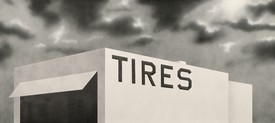
Course of Empire
Ed Ruscha sat down with Tom McCarthy and Elizabeth Kornhauser, curator at the Metropolitan Museum of Art, to discuss the nineteenth-century artist Thomas Cole, whose Course of Empire paintings inspired a series of works by Ruscha more than a century later.
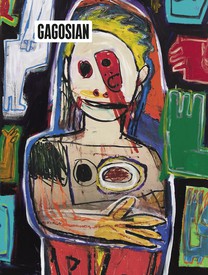
Gagosian Quarterly Winter 2018
The Winter 2018 issue of Gagosian Quarterly is now available. Our cover this issue comes from High Times, a new body of work by Richard Prince.
Fairs, Events & Announcements
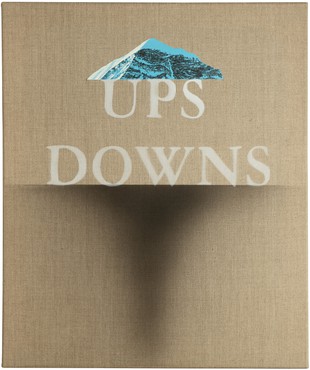
Support
Art for a Safe and Healthy California
Presented by Jane Fonda, Gagosian, and Christie’s
Art for a Safe and Healthy California is a benefit exhibition and auction presented by Jane Fonda, Gagosian, and Christie’s to support Campaign for a Safe and Healthy California. Artworks donated by artists including Charles Gaines, Frank Gehry, Alex Israel, Nathaniel Mary Quinn, Catherine Opie, Christina Quarles, Ed Ruscha, Jonas Wood, among others, will be sold to help the coalition of voters campaigning to stop oil companies attempting to repeal Governor Gavin Newsom’s SB1137 on the November ballot. The bill provides safe setbacks from oil wells for homes, parks, schools, and playgrounds, as well as requirements to make already pumping wells safer.
The benefit launches on April 9 with a ticketed fundraiser in Beverly Hills hosted by Jane Fonda, Larry Gagosian, Aileen Getty, and Susan and Mark Buell, with cohosts Edythe Broad, Frank Gehry, Wendy and Eric Schmidt, Chrissy Teigen and John Legend, and Sean Penn. Highlighted artworks will be on view. A selection of works will be auctioned in the Christie’s Post-War and Contemporary Art Day Sale during their marquee sale week in May, while another group of works will be presented for sale in an exhibition in summer 2024 at the Beverly Hills gallery.
Ed Ruscha, UPS DOWNS, 2023 © Ed Ruscha. Photo: Brica Wilcox
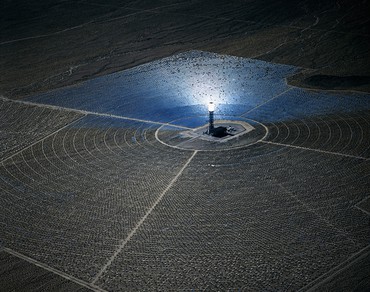
Auction
Bomb Magazine
42nd Anniversary Gala and Art Auction
Monday, April 8, 2024
Tribeca 360, New York
bombmagazine.org
Bomb magazine’s annual gala and benefit art auction will celebrate its forty-second anniversary in New York on April 8, and honor art luminaries including Cecilia Alemani and Deana Lawson. The auction benefits Bomb, a nonprofit that has been publishing conversations between artists from all disciplines since 1981. This year’s auction will be hosted on Artsy through April 9 and features work by eleven artists including Ed Ruscha.
Deana Lawson, Approaching Ivanpah, 2023 © Deana Lawson
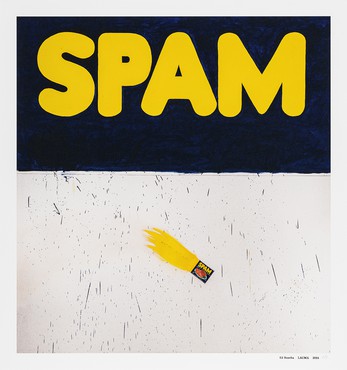
Support
Ed Ruscha × Avant Arte
Limited-Edition Print for LACMA
Ed Ruscha has partnered with Avant Arte, an online art marketplace, to create a limited-edition print of his painting Actual Size (1962) on the occasion of ED RUSCHA / NOW THEN, a major retrospective of his work at the Los Angeles County Museum of Art. A portion of proceeds from sales will benefit the museum’s future. The print will be available for purchase online at Avant Arte for forty-eight hours beginning at 1pm ET on Thursday, April 11, 2024. The edition size will be determined by the number of orders placed within the timed-release period. Each print is individually numbered and authenticated with a bespoke artist’s stamp.
Ed Ruscha, Actual Size, 2024 © Ed Ruscha
Museum Exhibitions

On View
ED RUSCHA / NOW THEN
Through October 6, 2024
Los Angeles County Museum of Art
www.lacma.org
Spanning sixty-five years of Ed Ruscha’s remarkable career and mirroring his own cross-disciplinary approach, this exhibition, which was conceived in collaboration with the artist, features over 250 works produced between 1958 and the present. Including painting, drawing, prints, film, photography, artist’s books, and installation, these are displayed according to a loose chronology. Alongside the artist’s most acclaimed works, the exhibition highlights lesser-known aspects of his practice, offering new perspectives and underlining Ruscha’s role as a keen observer of our rapidly changing world. This exhibition traveled from the Museum of Modern Art, New York.
Installation view, ED RUSCHA / NOW THEN, Los Angeles County Museum of Art, April 7–October 6, 2024. Artwork © Ed Ruscha. Photo: © Museum Associates/LACMA
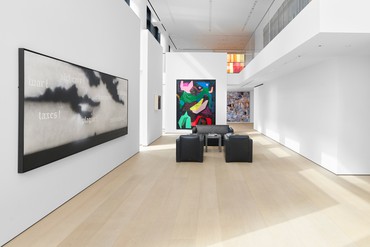
Closed
A Dark Hymn
Highlights from the Hill Collection
March 1–April 13, 2024
Hill Art Foundation, New York
hillartfoundation.org
A Dark Hymn celebrates the five-year anniversary of the Hill Art Foundation by examining the collection through the lens of Valentin Bousch’s sixteenth-century stained glass window, The Creation and the Expulsion from Paradise (1533), which is permanently installed in the foundation’s Chelsea building. The exhibition places work from the four major categories of the collection—Renaissance and Baroque bronzes, old master paintings, canvases and sculptures by modern masters, and contemporary art—in dialogue with the window. Work by Willem de Kooning, Mark Grotjahn, Albert Oehlen, Ed Ruscha, Rudolf Stingel, Sarah Sze, and Christopher Wool is included.
Installation view, A Dark Hymn: Highlights from the Hill Collection, Hill Art Foundation, New York, March 1–April 13, 2024. Artwork, left to right: © Ed Ruscha, © Robert Gober, © Caroline Kent, © Sarah Sze. Photo: Matthew Herrmann

Closed
Desire, Knowledge, and Hope (with Smog)
November 18, 2023–April 7, 2024
The Broad, Los Angeles
www.thebroad.org
Desire, Knowledge, and Hope (with Smog) is drawn entirely from the Broad collection and showcases works by Los Angeles–based artists. Titled after a work by John Baldessari, the exhibition includes reflections on Los Angeles as a city in flux and turmoil, and on societal issues that extend far beyond the city. Featuring more than sixty works made from 1969 to 2023, it brings together photorealistic painting, photography, sculpture, and political signage by twenty-one artists across varying generations. Work by Mark Grotjahn, Alex Israel, Ed Ruscha, and Jonas Wood is included.
Ed Ruscha, Honey . . . . I Twisted Through More Damned Traffic to Get Here, 1984, The Broad, Los Angeles © Ed Ruscha
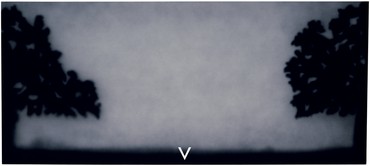
Closed
The Milton and Sheila Fine Collection
November 18, 2023–March 17, 2024
Carnegie Museum of Art, Pittsburgh
carnegieart.org
Milton and Sheila Fine have been longtime advocates and supporters of the arts in their philanthropy throughout the Pittsburgh region. Promised to Carnegie Museum of Art in 2015, their collection of contemporary painting, sculpture, photography, and drawing reflects their interest in American and German art from the 1980s to the 2000s. This exhibition, which is presented as a celebration and remembrance of Milton Fine, who passed away in 2019, foregrounds the importance and impact of the gift. Work by Richard Artschwager, Georg Baselitz, Mark Grotjahn, Donald Judd, Brice Marden, David Reed, Ed Ruscha, Richard Serra, Jeff Wall, and Christopher Wool is included.
Ed Ruscha, Victory, 1987, Carnegie Museum of Art, Pittsburgh © Ed Ruscha
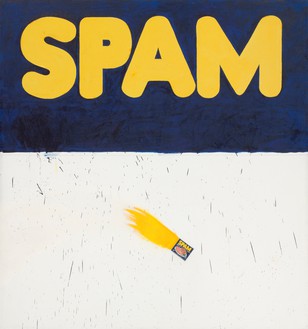
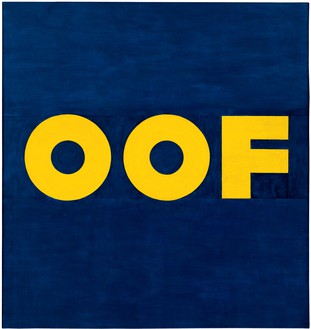
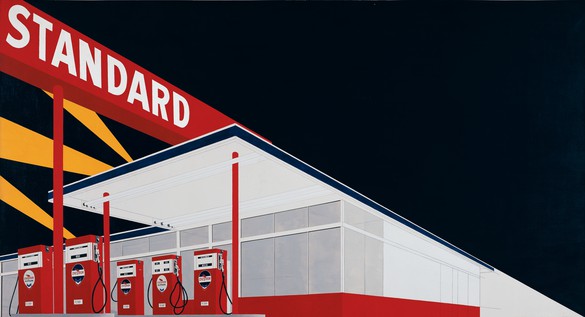
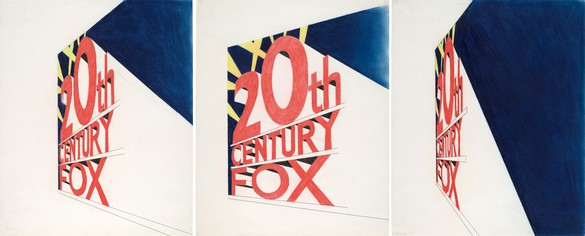
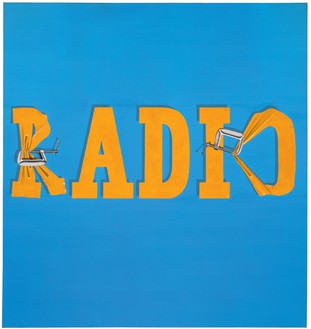
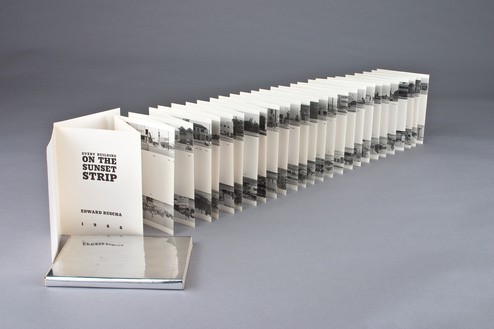

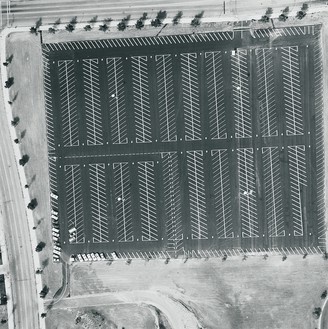
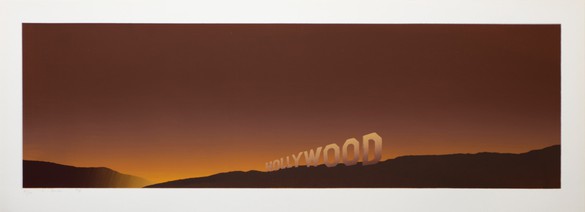
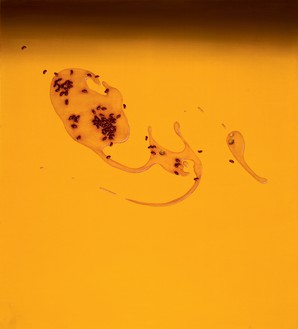

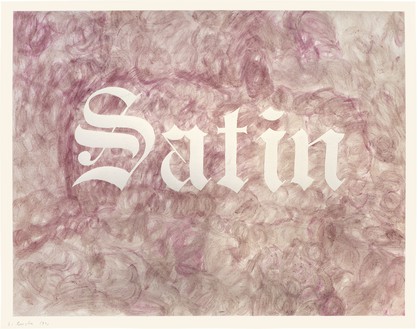
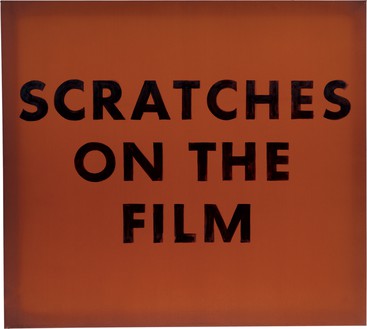
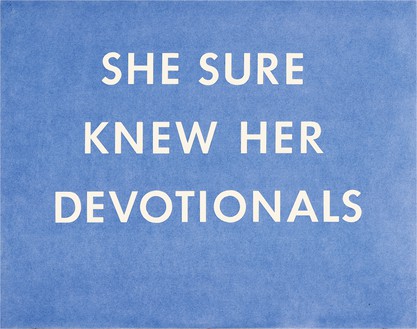


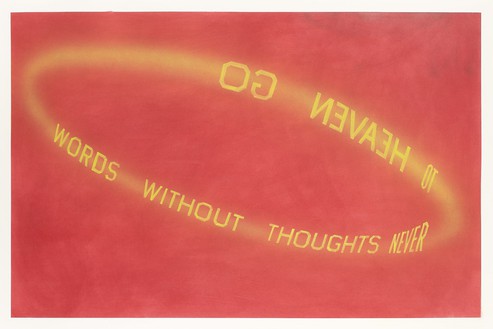
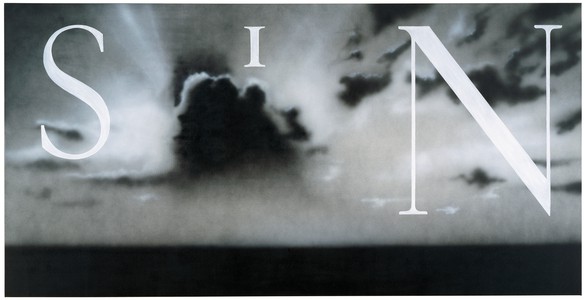
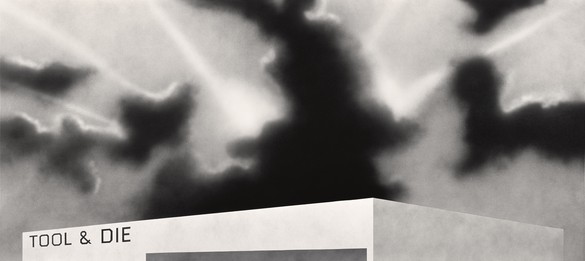
![Ed Ruscha, Brave Men Run in My Family [#1], 1988 Acrylic on paper, 60 ⅛ × 40 1¼ inches (152.7 × 102.2 cm)© Ed Ruscha](https://gagosian.com/media/images/artists/ed-ruscha/OxHXy43SwsAg_585x329.jpg)
